A laptop is one of the most important pieces of tech you’ll buy. Depending on your budget, it’s a significant investment that should last for several years, so it’s worth making sure it has every feature you could possibly need.
That’s easier said than done, though. Fortunately, I’ve put together a list of ten laptop features I just couldn’t live without—things like a touchscreen, a solid, backlit keyboard, and fast charging over USB-C. The following laptops check all or most of my boxes.
5
Lenovo Yoga 7
The 16″ Lenovo Yoga 7 with the AMD Ryzen AI 300 Series CPUs is the latest entry in the long-running Yoga series of 2-in-1 laptops. It has a bright folding touchscreen, USB-C ports with DisplayPort support, an HDMI port, a solid backlit keyboard, and an enormous glass touchpad. Another plus is that the build quality is exceptional, considering how thin and light it is. It also supports 70W fast charging via the two USB-C PD (Power Delivery) ports. The laptop is powered by the latest Ryzen AI 300 chips (AI 5 340 and AI 7 350), which are very powerful and can slice through demanding workloads like local AI and gaming.
While it’s missing some features from my list, like a super bright display or a Kensington lock to deter theft, that feature is understandably often reserved for higher-end business laptops. The real bummer is that the RAM is soldered, i.e., non-upgradeable, which is unfortunately a running trend in many modern laptops.
Since you’re stuck with whatever amount of RAM you buy the laptop with now, I recommend skipping the 16GB variant of this laptop and getting at least 24GB. Even if you don’t use it to play games (but you definitely can), you’ll still appreciate the additional RAM in other workloads and leave room for local AI, especially as it becomes more prevalent in the coming years.
I should also point out that you could replace this specific laptop with almost any Lenovo Yoga unit (even a cheap, used one), and it’d still check most of my boxes. While I prefer 2-in-1s with detachable keyboards, Lenovo seems to have largely moved away from such models outside a few, like the ThinkPad X12, so the foldable Yogas are the next best thing.
4
HP Envy x360 (2025)
The HP Envy x360 laptop series is very similar to the Lenovo Yoga series in many ways. It uses the same 360-degree hinge design, and it’s almost always accompanied by a touchscreen that allows you to use it as a tablet. Another thing worth pointing out is that HP laptops have some of the best keyboards in the industry, which is a huge plus if you spend most of your time typing like I do.
Since the Envy x360 series comes in a variety of configurations, I’ll focus on the HP Envy x360 14-fc0077nr unit here, which is a 14″ laptop with an MSRP of $949.99. It’s a thin and light laptop that weighs only 3 pounds. It’s powered by the Intel Core Ultra 5 125U CPU, which won’t blow you away with its performance, but it’s more than adequate for working in documents and light gaming.
The battery isn’t huge, but it supports up to 16 hours of video playback, so I think it’s safe to assume it could last 4–5 hours of light work in Chrome. Not that it matters too much, though, because its fast charger can get it back to 50% in just 30 minutes.
The I/O isn’t particularly generous, but it does include an HDMI port and two USB-C PD ports, one of which supports Thunderbolt 4. The 2K IPS display is Corning Gorilla Glass, which speaks volumes about durability. Like the Yoga 7, the display tops out at 300 nits, so it doesn’t get bright enough for use outdoors.
The biggest drawback of the Envy x360 laptops is that many models come with only 16GB of non-upgradeable RAM at the time of writing. I wouldn’t mention this if it were a $500 laptop, but at nearly $1,000, being completely locked into 16GB of RAM without a higher-end option isn’t ideal.
If your workload demands more than 16GB of RAM, or you’re willing to invest a bit more for some futureproofing, opt for the HP OmniBook X Flip instead. At an MSRP of $1,199.99, it’s only $250 more expensive, but you’re getting a folding 3K OLED touchscreen that gets up to 400 nits, a more powerful Ryzen AI 300 Series CPU, Wi-Fi 7 instead of 6E, and more.
3
Dell Latitude 5450
My current laptop is the Dell Latitude 5420, so it’s only fitting that I include its successor in this list—the Latitude 5450. I love this 14-inch business laptop for many reasons, and I’d happily recommend it to anyone looking for a more professional and versatile unit that can last a very long time. It’s built like a tank and has a very generous I/O with an Ethernet port, two Thunderbolt 4 ports with USB-C PD, HDMI 2.1, security lock, and more.
What makes it truly special to me is that it’s one of the few laptops on the market that has upgradeable RAM and NVMe. This is an amazing plus, as even if you opt for a cheaper model with 16GB RAM today, you can add more RAM down the line to give the unit a small performance bump.
A small downside is the 300-nit display, which isn’t perfect for outdoor use, and the Full HD resolution isn’t as sharp as laptops equipped with a 2K screen. According to the manufacturer, the battery can do up to 13 hours, but you can always use the 65W fast charger to top it off in a pinch.
Unfortunately, the Latitude 5450 has one major flaw—price. At the time of writing, the Core Ultra 5 135U vPro unit with a touchscreen will set you back $1,399.00. The non-touch model is slightly cheaper at $1,289.00, but a touchscreen is a must-have feature for me. So, while you’re getting more with the Latitude 5450 than with the Lenovo Yoga 7 and HP Envy x360, you’re also paying significantly more. At least you can save a few bucks by upgrading the RAM yourself.

Related
I Upgraded My Laptop’s RAM, the Performance Boost Wasn’t What You’d Expect
I thought I’d get snappier web browsing but got better gaming performance instead.
A special shoutout goes out to the Dell Latitude 5350 2-in-1 laptop, which is a slightly smaller 13-inch unit. It doesn’t have upgradeable RAM, but it’s also significantly less expensive, and its folding screen allows you to use it as a tablet. In fact, if I were in the market for a new laptop, there’s a good chance I’d pick the smaller 5350 over the 5450.
2
LG gram 14″ 2-in-1
The LG gram laptops are among the thinnest and lightest laptops on the market, and I’m a fan. Despite their strong focus on thinness and reliance on plastic, they still manage to deliver impressive build quality.
There are many LG gram models to pick from, and the one that caught my eye is the LG gram 14T90S-G.AAB4U1. It’s a 14″ 2-in-1 model with the Intel Core Ultra 5 125H CPU, which is slightly more powerful than the HP Envy x360’s 125U.
The 125H has a higher clock speed and features Intel Arc integrated graphics, whereas the 125U lacks the “Arc” branding. Despite being integrated, the Arc graphics perform surprisingly well, handling moderately demanding games like Forza Horizon 5 and Dota 2.
The Gram’s I/O is fairly minimal—it lacks Ethernet and HDMI, but I’m glad to see two Thunderbolt 4 USB Type-C PD ports instead of the usual one. As for the display, it’s a 1920x1200p IPS panel (slightly sharper than FHD). LG hasn’t listed the brightness specification, so I can’t comment on that, but based on my experience with LG monitors, I trust they use high-quality panels in their laptops.
The 16GB of non-upgradeable RAM is a bummer considering the laptop’s MSRP of $1,299.99, but if you can find it on sale or used for under $1,000, it’s a much more reasonable deal, on par with the HP Envy x360.
Another reason to consider the LG Gram over other laptops is its weight of only 2.75lbs. This makes it more comfortable to use in tablet mode and with a stylus than many other 2-in-1s, making it an excellent choice for artists.
1
ASUS Zenbook 14 OLED Touch (UM3406)
If you’re aware of the benefits of OLED, the ASUS Zenbook 14 OLED Touch (UM3406) gives you a great reason to be excited—it’s one of the only laptops that offers an OLED touchscreen in the $1,000–$1,500 price range. The touchscreen variant can hit a peak brightness of 500 nits, which is bright enough to work outdoors.
It’s not just the screen that’s amazing on the Zenbook, though. The laptop comes in a few different configurations, so I’ll do the same as I did with the other laptops and focus on the specific unit I’d buy: the UM3406KA-PS76T, which has an MSRP of around $1,099.99.
It’s powered by the new and very capable AMD Ryzen AI 7 350 CPU and 16GB of non-upgradeable RAM (bummer), so it’s plenty powerful considering its price and the fact that it has an OLED screen.
This sleek laptop weighs only 2.82 pounds at a thickness of 0.59 inches, has an amazing backlit keyboard, and it still manages to pack an HDMI 2.1 port and a relatively large 75WHrs battery despite being so thin. It also has two USB Type-C PD ports (which lack Thunderbolt, but at least one is 4.0 Gen 3 and supports DisplayPort), a USB-A port, and a combo audio jack.
Frankly, if you don’t need a Thunderbolt port and are aware of the fact that the OLED screen will eventually burn in from regular desktop use, there’s little reason to buy something other than this laptop.
You really can’t go wrong with any of the laptops on this list. If I were in the market today, I’d definitely pick one of these five models or, more likely, a similar used predecessor. I prefer thin and light laptops with a touchscreen, so if you have similar preferences, one of these options should be a perfect fit.


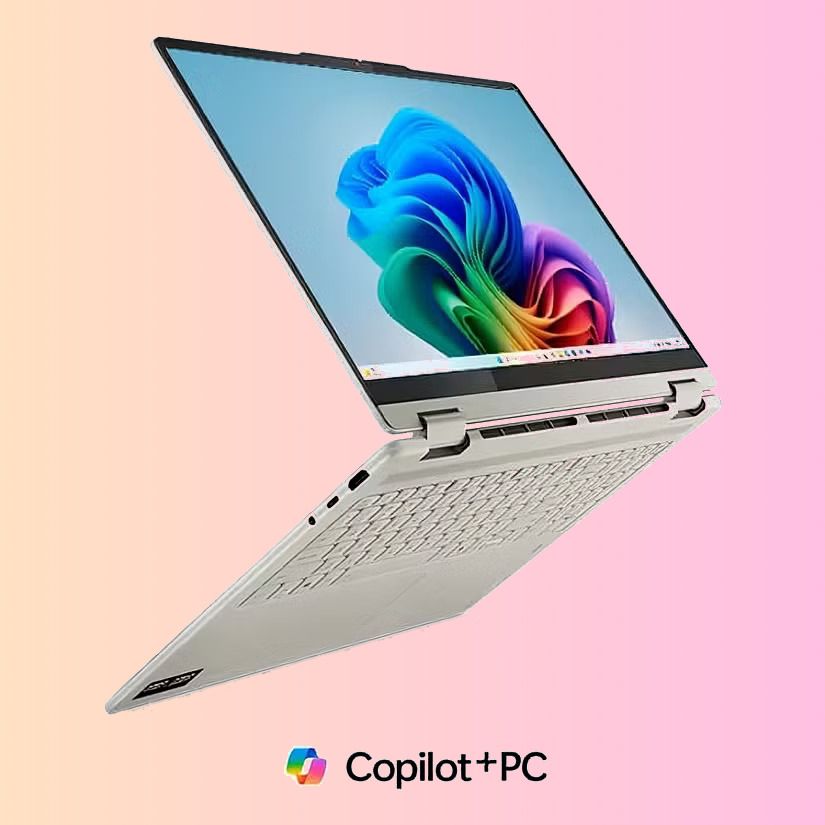
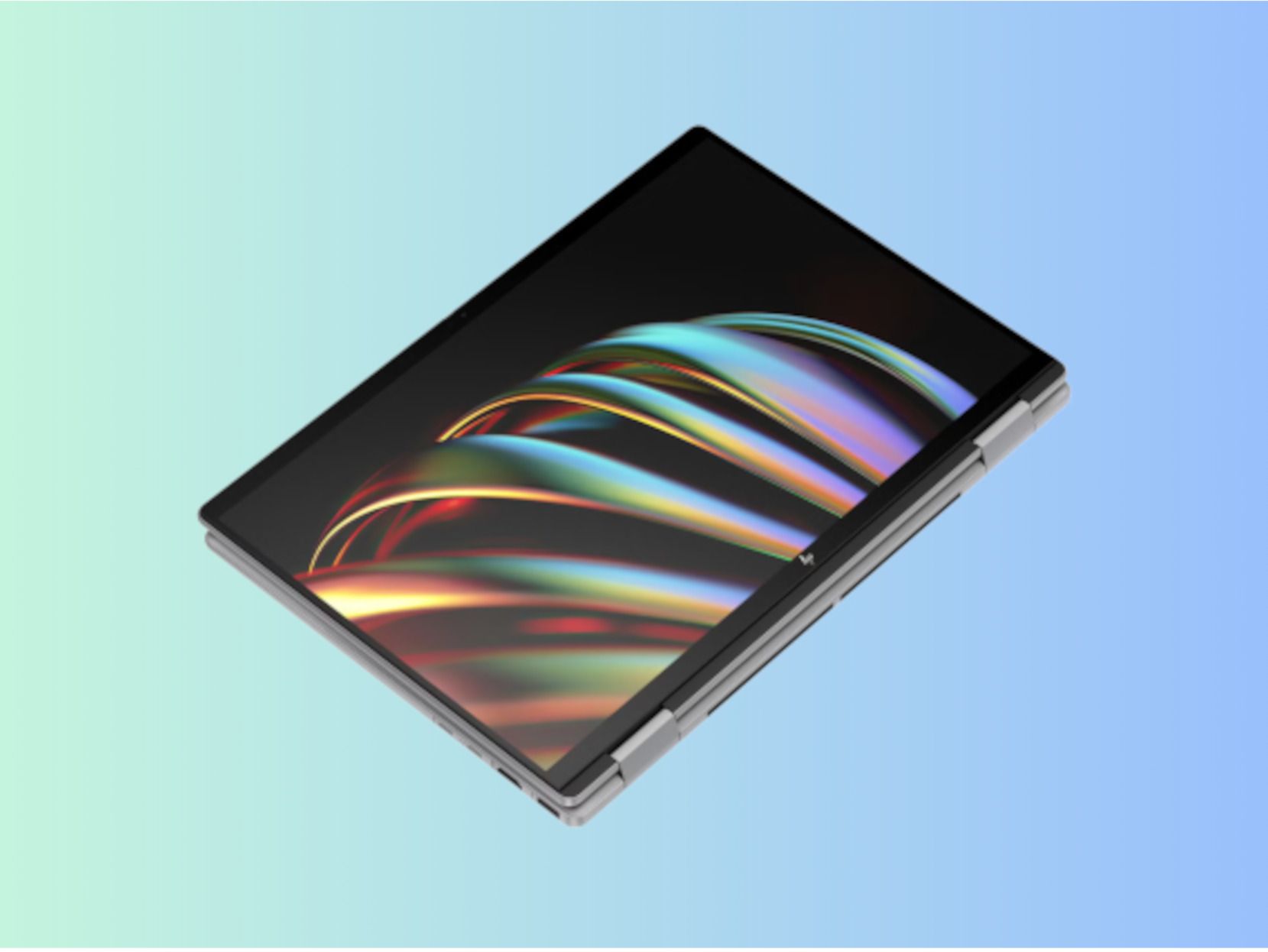
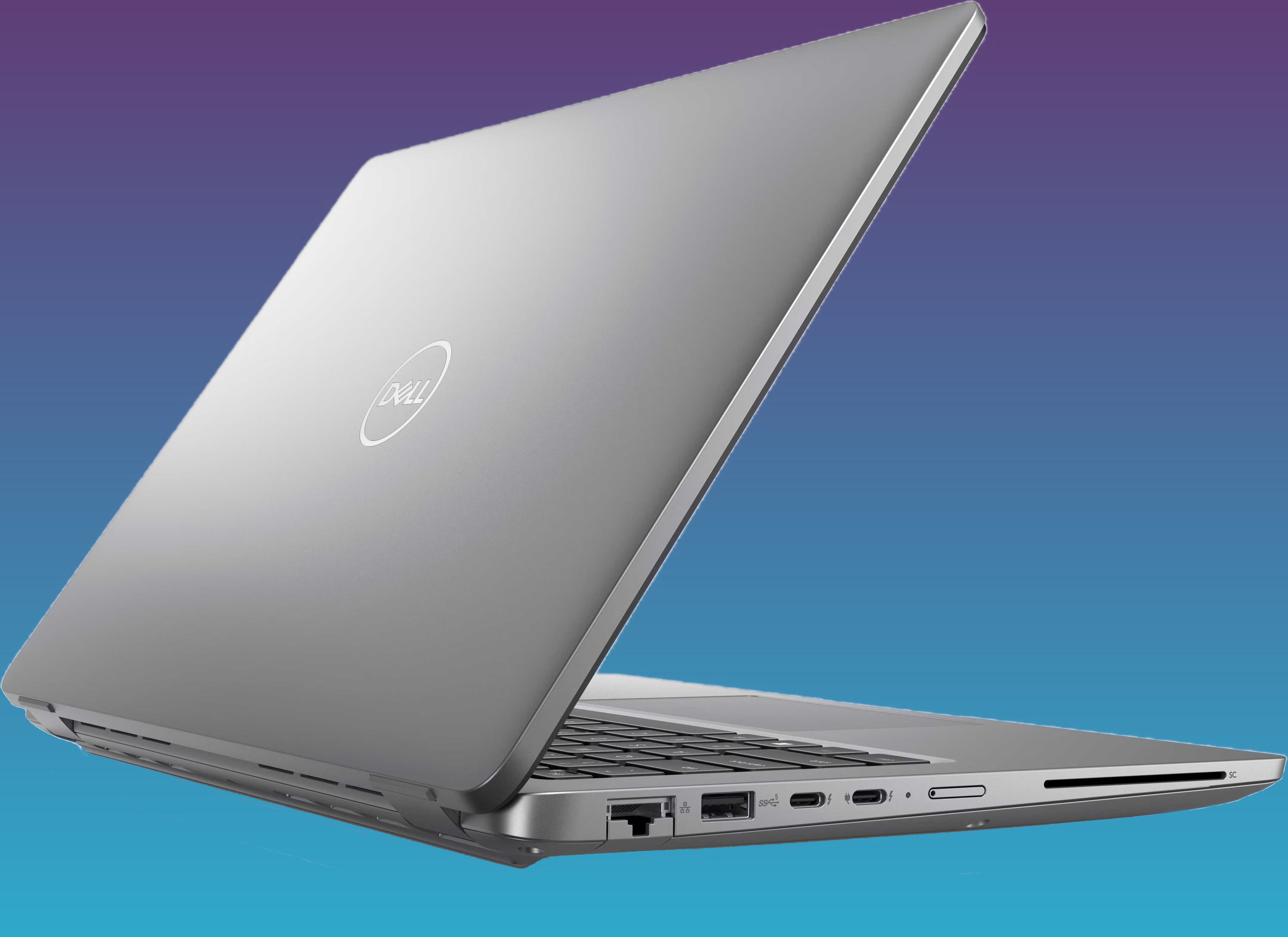
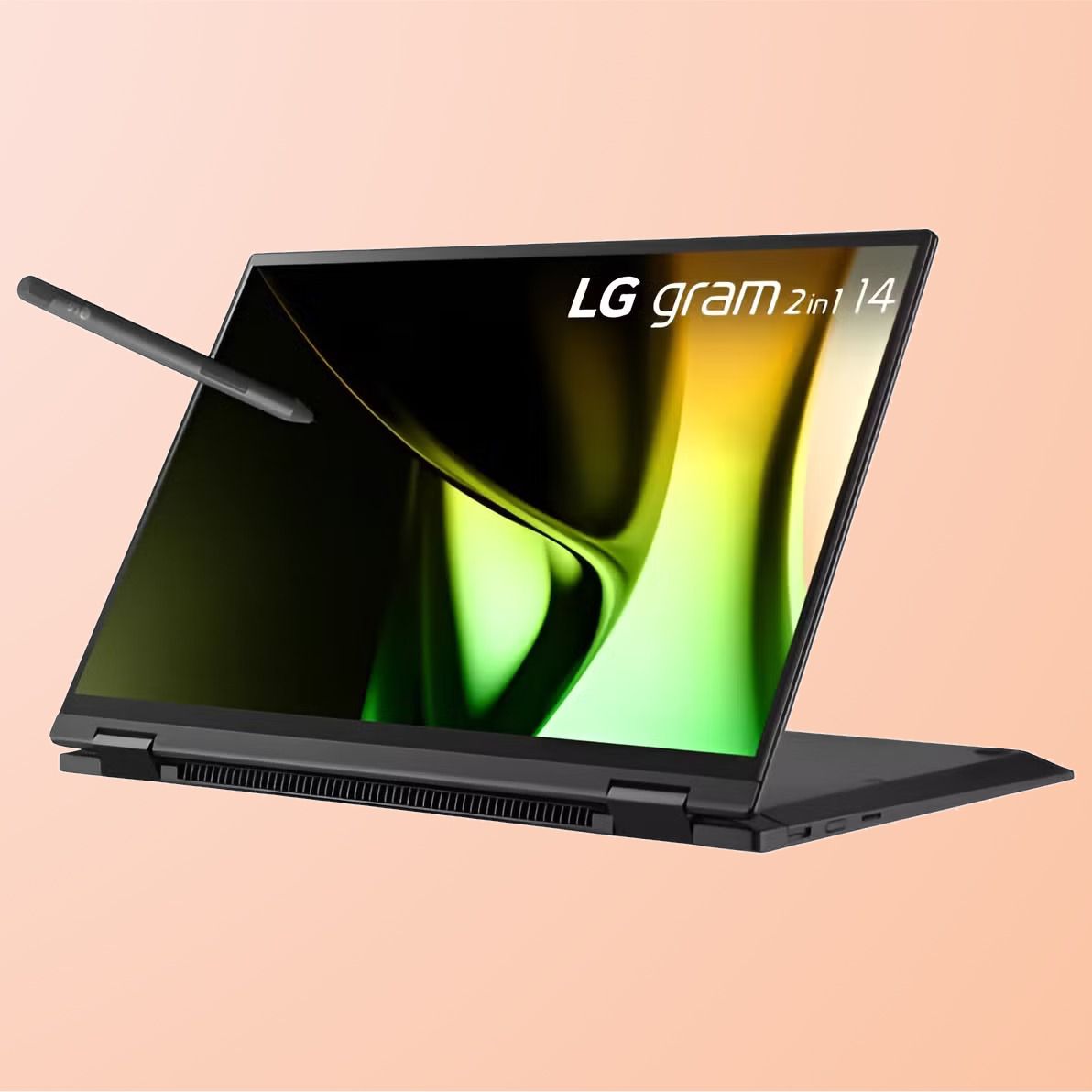
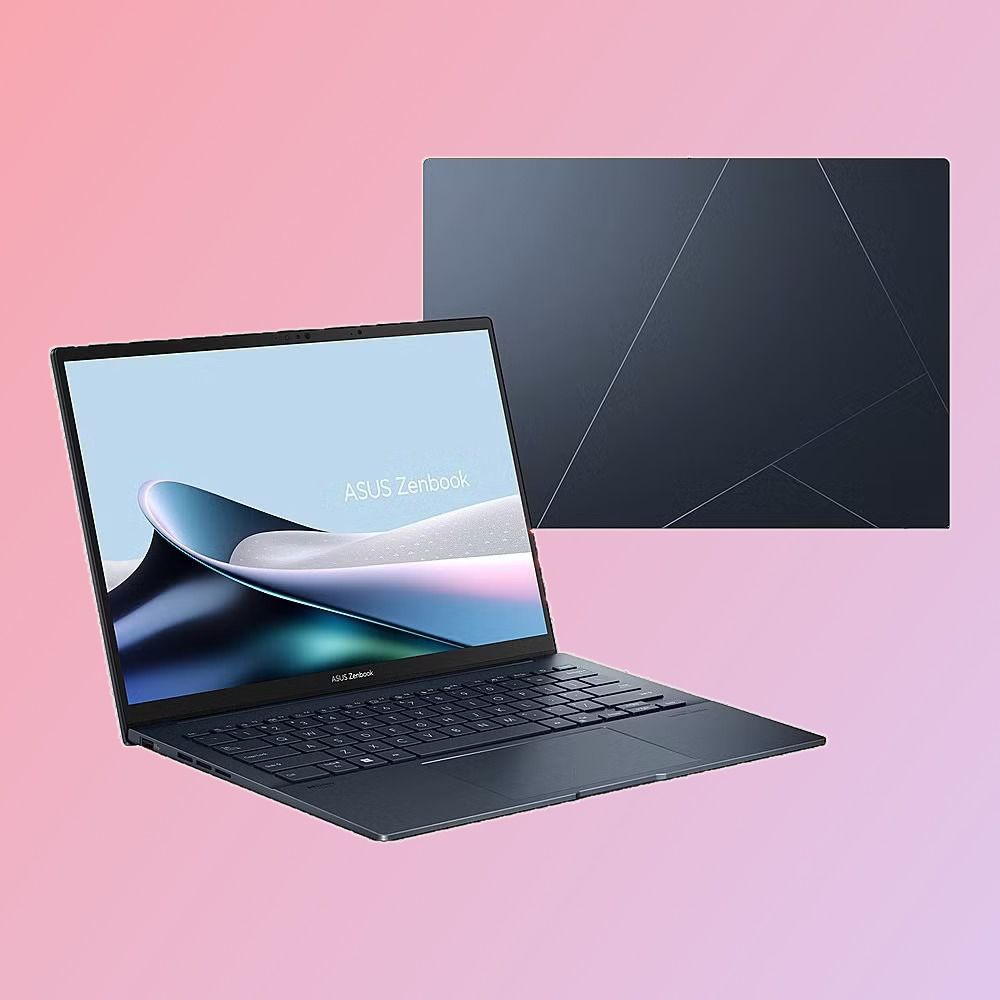





Leave a Comment
Your email address will not be published. Required fields are marked *